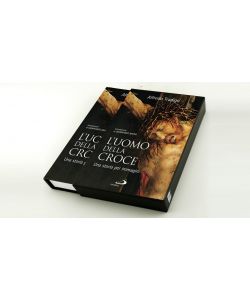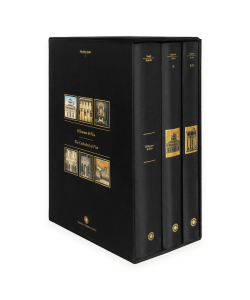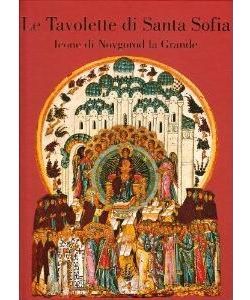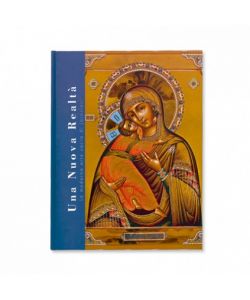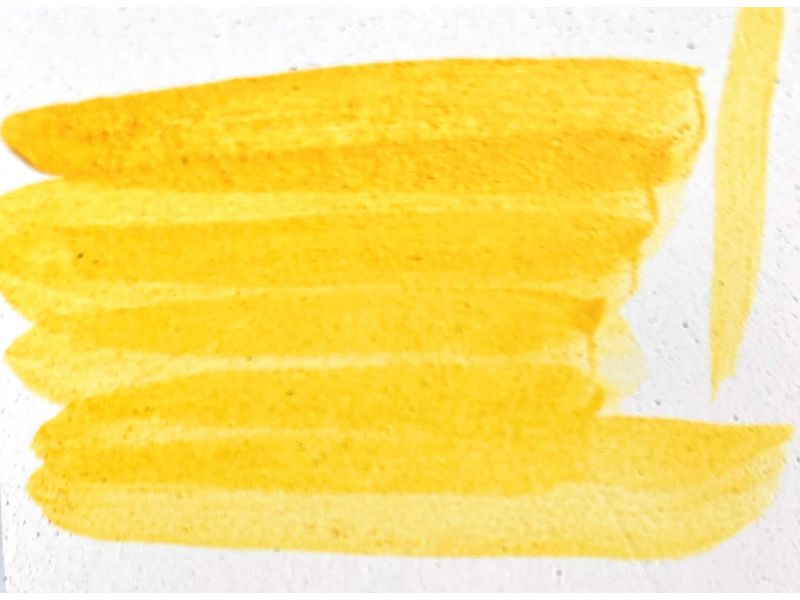
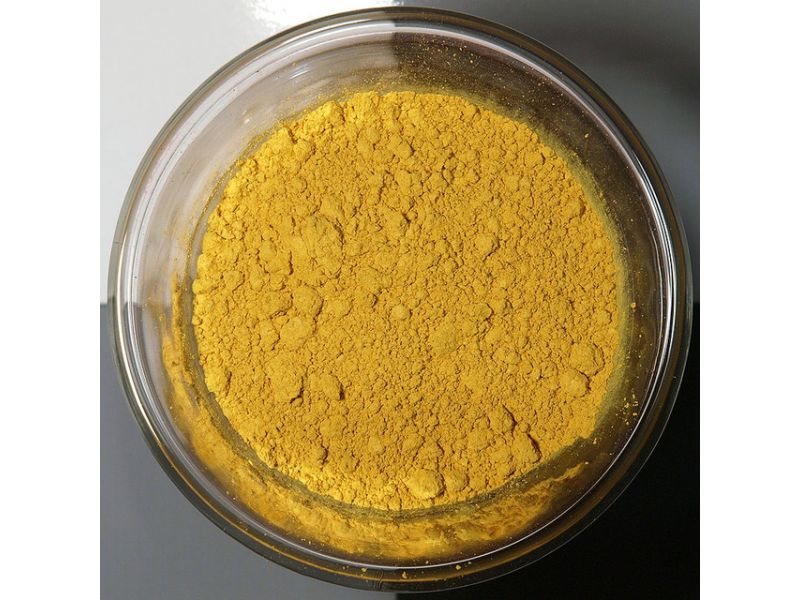
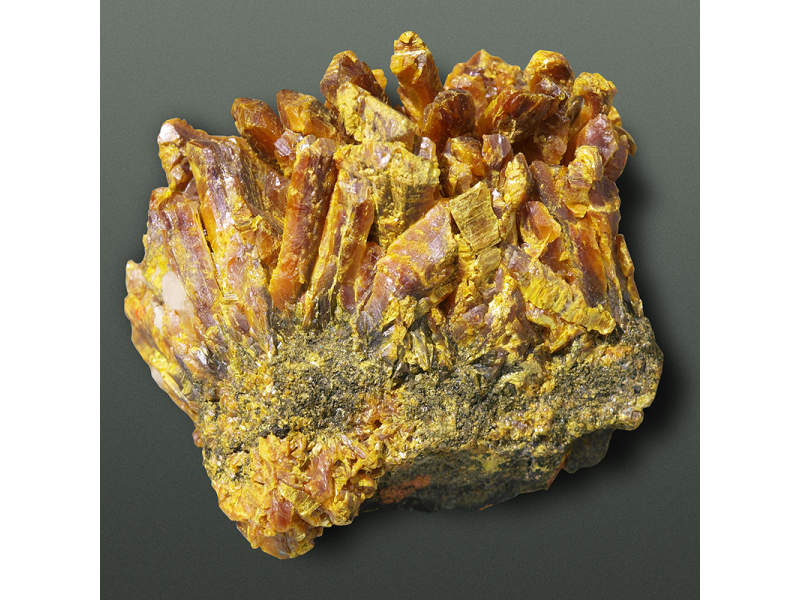



Natural orpiment, fine ground pigment, Master Pigments USA
Pure Orpiment pigment very fine grid 0-20 microns
Natural pigment suitable for icon painting (egg tempera), oil painting and watercolor painting without additional grinding.
Master Pigments - Orpiment is a bright yellow color with a golden glow. Its resemblance to gold was a constant tantalization to the ancient and medieval painters. Orpiment was a regular ingredient in most of the many compound colors elaborated in the Middle Ages for painting, and especially for writing, as an imitation of gold. Orpiment is a sulfide of arsenic, found in nature as a rock or a crystal. Our pigments are made of micro-crystalline and a foil type of the mineral from deposits in Peru.
The pigment is prepared by hand selecting the crystals and manually separating impurities from them. Then the pieces are reduced in size and wet milled in a metal-free environment to prevent discoloration and contamination. The metal-free milling is our signature method and the key to the preparation of this unique pigment. Any contact with metal will result in discoloration and a brown-greenish color. It's difficult to grind, not because of the hardness of the mineral, but because of its structure. Very thin, yellow, transparent layers hold together tight while being milled. These layers can be bent, and peeled, to separate them from each other by hand, making a squeaky noise. After milling for a long time, the powder is washed and the pigment is separated from free sulfur. Separating from sulfur must be done to prevent further discoloration.
The fine powder is an absolutely pure bright canary yellow with gold sparks. The coarse pigment is darker with resemblance to powdered gold. The listed pictures of the dry pigments and the wet sample cannot really express the color's beauty.
The element of sun, light, when added too much, burns. It is perfect for use in glazes to render the sunlight.
Orpiment, correctly prepared, can be safely mixed with Master Pigments, Flake White Master (901010). Do not mix with copper pigments (Malachite, Azurite), and always test mixes with other colors. Use a plastic or ceramic spatula when mixing with oil and paint, and avoid any contact with metal.
The pigment is toxic, so handle it very carefully, and avoid any contact with skin.
| Natural orpiment, fine ground pigment, Master Pigments USA, 10 gr. | Stock: 8 - COD. MASTERORPIM1 | |||
| € 10,00 |

|
|||
| Natural orpiment, fine ground pigment, Master Pigments USA, 50 gr. | Stock: 1 - COD. MASTERORPIM2 | |||
| € 42,00 |

|
|||



